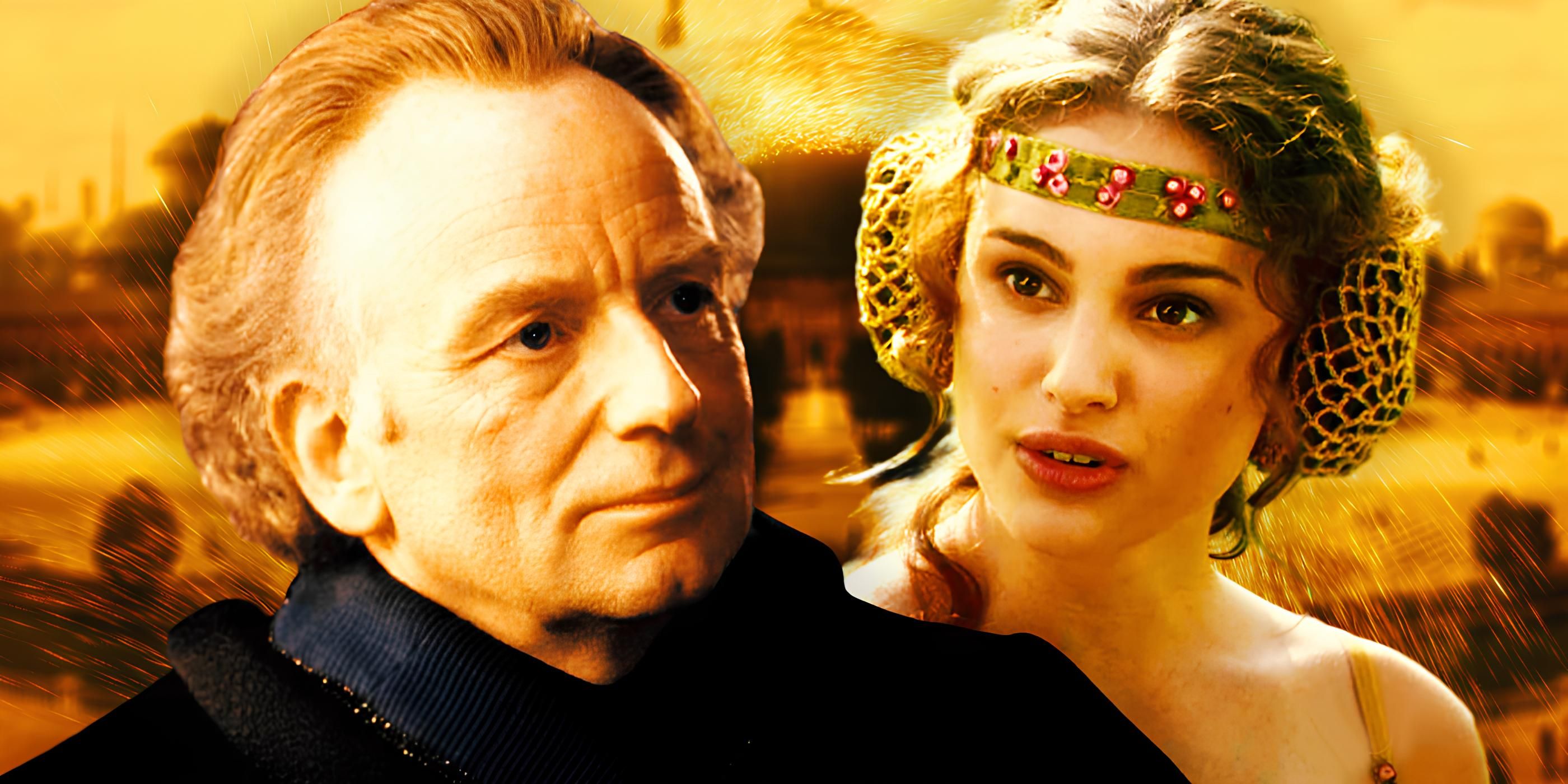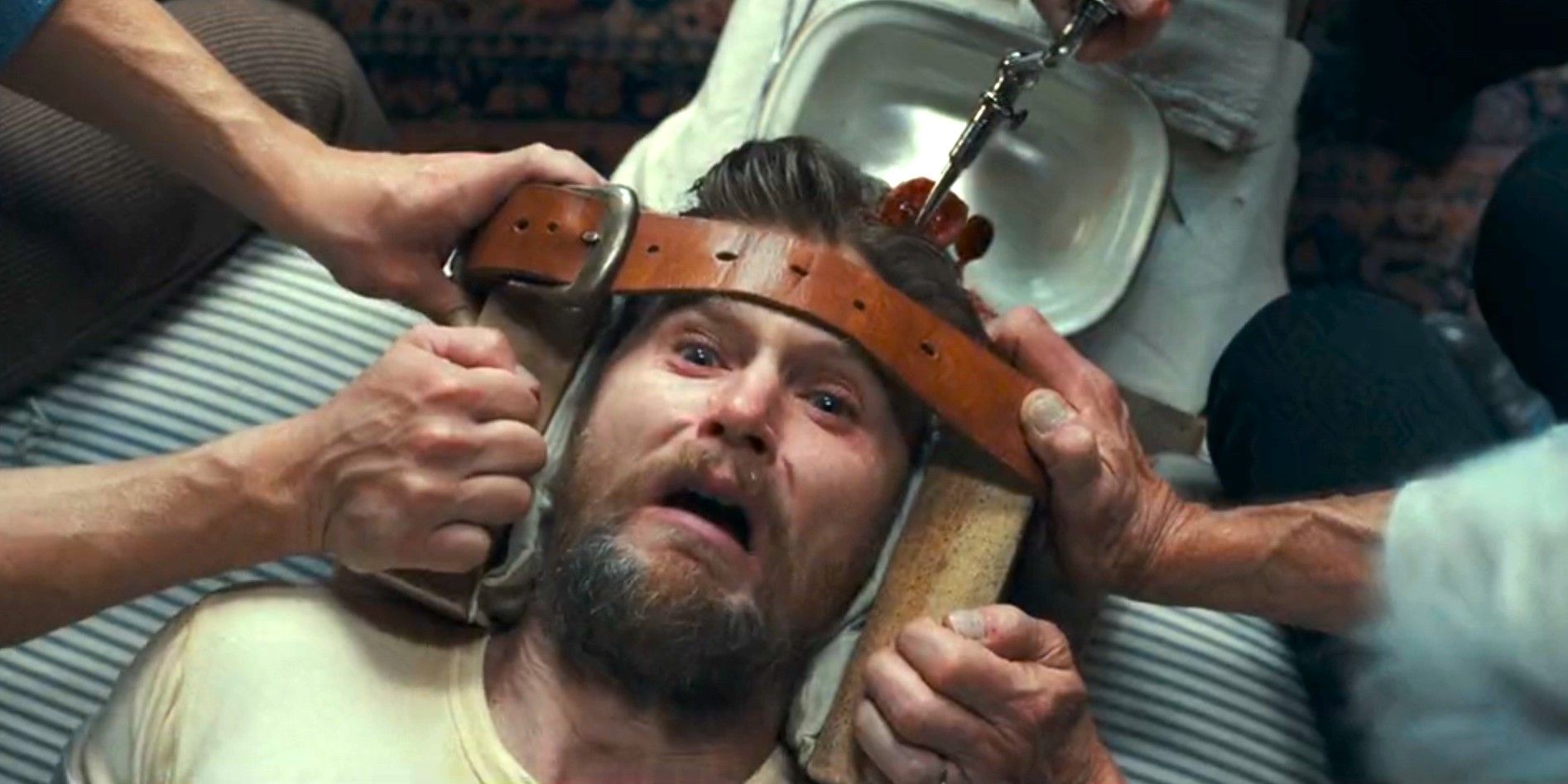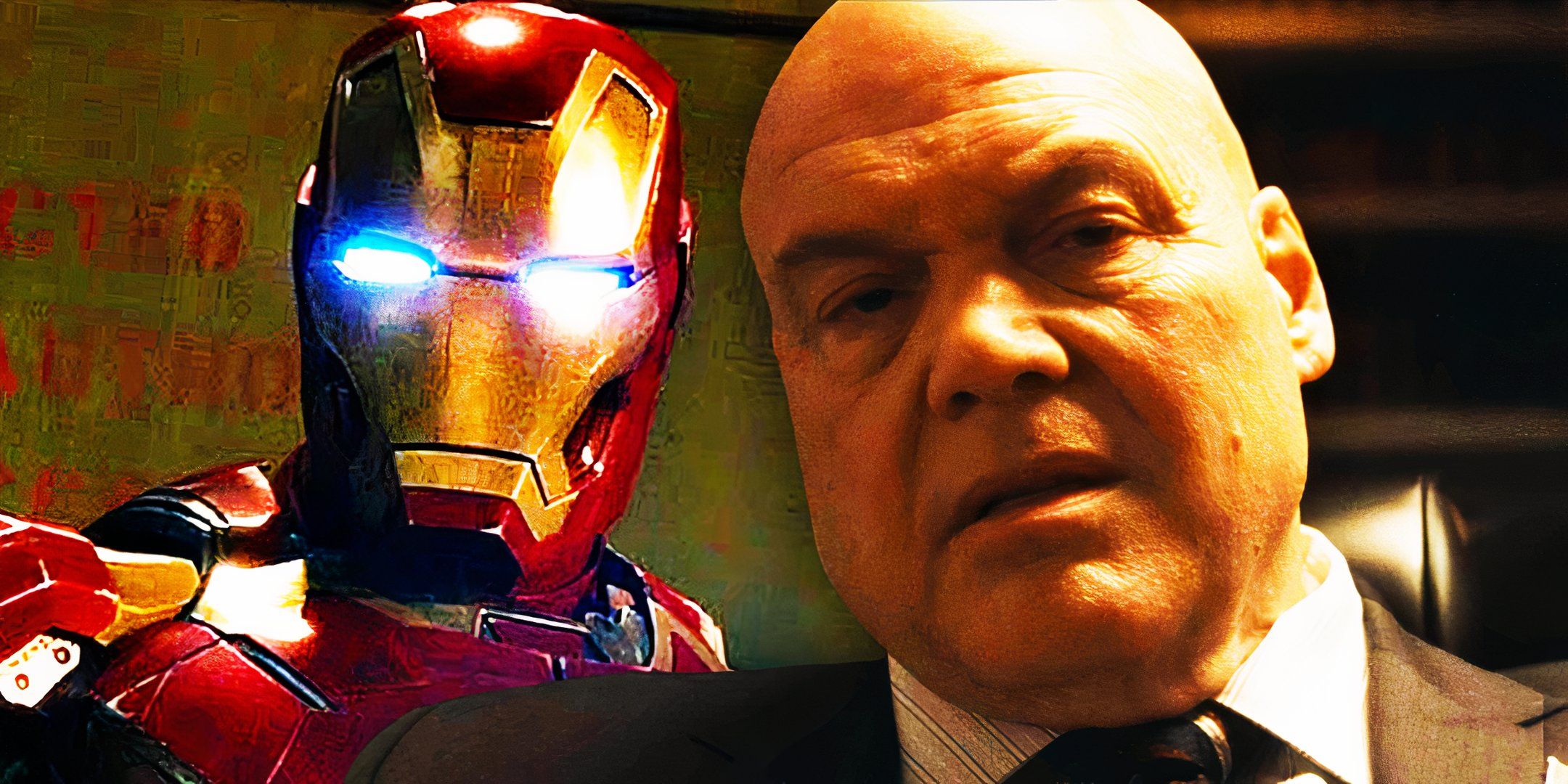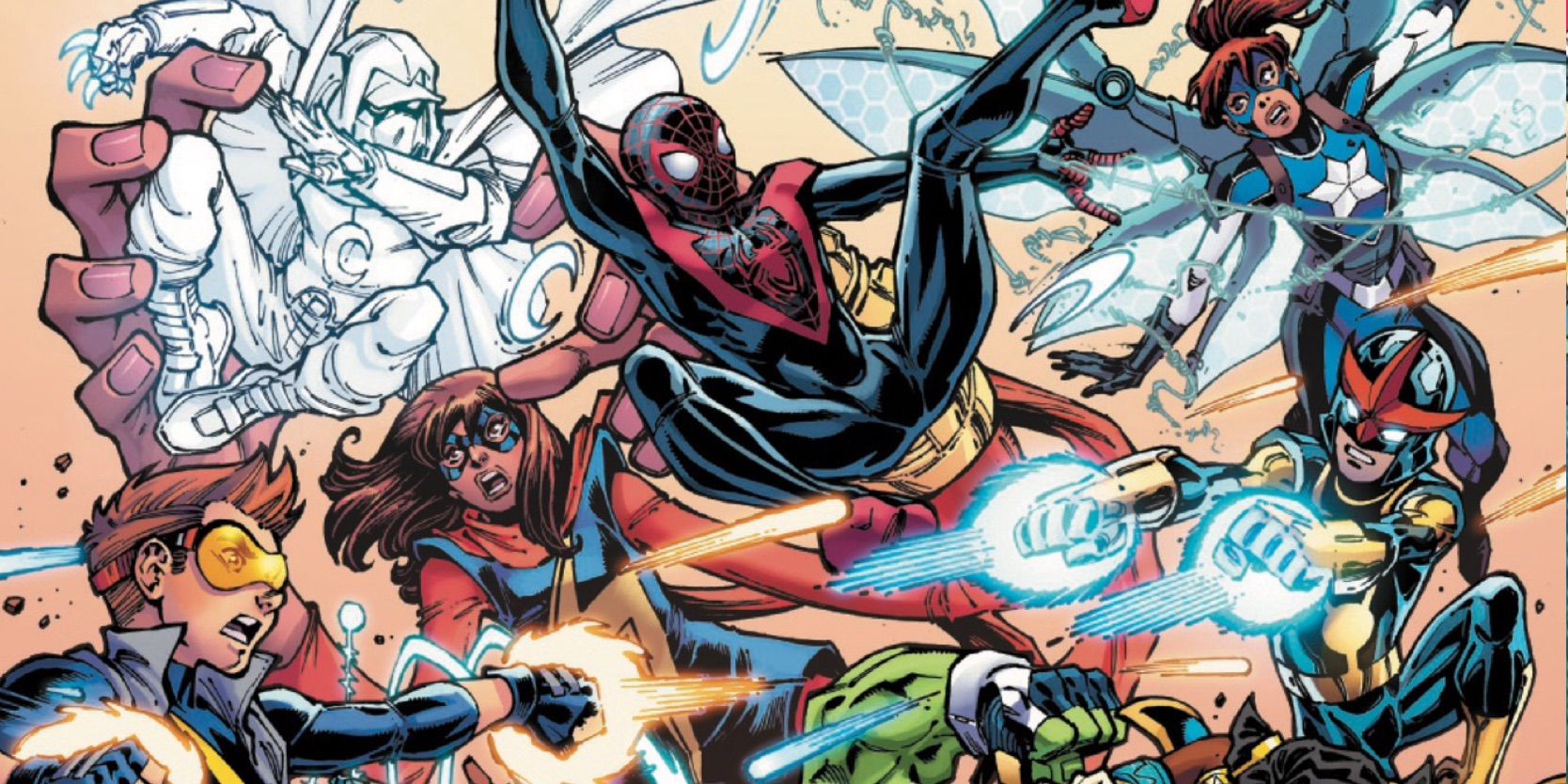Naboo Explained: Why Padmé Amidala & Palpatine's Homeworld Is So Important
Naboo may be most strongly associated with Padmé Amidala, but it was also Emperor Palpatine/Darth Sidious' home planet, and its importance in Star Wars shouldn't be underestimated. Naboo was introduced in the prequel trilogy, but it has had several appearances throughout Star Wars movies and TV shows since then, at times in rather surprising ways. The planet has also only become more important as the Star Wars timeline has expanded.
The culture of Naboo is particularly unique and intriguing in Star Wars, not only because the Naboo royalty involves a complex system combining monarchy and democracy that often leads to teenage queens. The planet is also known for its art, beauty, and gentle way of life, all of which make it stand out among Star Wars' many planets. In addition to the beauty and charming culture of the planet, though, Naboo is a critical part of the Star Wars franchise and has had a massive influence on the galaxy for generations.
The Greatest Sith Lord Hailed From Naboo
Close
It's a bit difficult to imagine Palpatine coming from such a beautiful planet, but Naboo is Palpatine's homeworld. Naboo is a world known for its beauty and a love of the arts, which suits Padmé's personality and values quite clearly, but it couldn't be less like the power-hungry, calculating nature of Emperor Palpatine/Darth Sidious. It's arguably one of the odder aspects of Star Wars that one of Star Wars' most powerful Sith comes from one of the franchise's most beautiful, peaceful planets.
Emperor Palpatine / Darth Sidious The senator for Naboo, Palpatine rose to power and influence during the dying days of the Republic. In reality, his public persona was just a mask; he was really Darth Sidious, greatest of the Sith Lords, and he used his political skills and Machiavellian cunning to bring down both the Republic and the Jedi. Palpatine ruled his Galactic Empire for decades, until he was betrayed by his apprentice, Darth Vader. Even this wasn't enough to stop the Emperor, however, as he was resurrected by his followers - only to be defeated once again. Created By George Lucas Cast Ian McDiarmid , Sam Witwer , Ian Abercrombie First Appearance Star Wars: Episode V - The Empire Strikes Back Died Star Wars: Episode IX- The Rise Of Skywalker Alliance Sith, Empire
Of course, villains can come from anywhere, particularly given how the dark side of the Force works. In Palpatine's case, these origins undoubtedly even worked in his favor. His scheme required him to play the role of the well-intentioned, humble Senator from Naboo and then Supreme Chancellor, which he did quite successfully. Coming from a planet like Naboo would have helped Palpatine shape this image of himself. It also allowed him to become a mentor to Padmé, and that ended up being absolutely essential to all that came to pass in the prequels.
Coming from a planet like Naboo would have helped Palpatine shape this image of himself.
Naboo Saw A Turning Point In The Galaxy's History
Close
As the prequel trilogy makes clear, the events of Star Wars: Episode I - The Phantom Menace were in many ways the catalyst for all the massive changes that took place by the end of Star Wars: Episode III - Revenge of the Sith. Naboo is famously Padmé Amidala's planet of origin, and The Phantom Menace introduced her as the teenage Queen of Naboo. It was because of that role that Padmé encountered the Jedi and, ultimately, met Anakin Skywalker.
This attack on Naboo also allowed Palpatine to acquire additional power, as Padmé helped to oust Supreme Chancellor Valorum with her vote of no confidence.
It was only because Naboo was under attack by the Trade Federation that Qui-Gon Jinn and Obi-Wan Kenobi became so involved with Padmé, setting in motion her very fraught trajectory with Anakin. This attack on Naboo also allowed Palpatine to acquire additional power, as Padmé helped to oust Supreme Chancellor Valorum with her vote of no confidence. This event paved the way for Palpatine to make a power grab, and it put the Jedi even deeper in his pocket.
Naboo was also the location of the first battle between a Jedi and a Sith in quite some time, as this is where the iconic lightsaber duel between Darth Maul, Qui-Gon, and Obi-Wan took place and ultimately claimed Qui-Gon's life. Until Darth Maul's emergence, the Jedi had believed the Sith to be extinct (even with The Acolyte throwing that into question somewhat, it does seem to be the case). Naboo would have been significant enough had it just served as Palpatine and Padmé's planet of origin, but it was clearly so much more.
Even Naboo Wasn't Safe From The Emperor's Destruction
Despite Naboo being Palpatine's home planet, it still wasn't safe from the Empire. During the Dark Times, the politics of Naboo changed quite a bit. Naboo still had an elected monarch, but they were little more than a figurehead. As was the structure throughout the Galactic Empire, it was the Moff who had real control. This was quite a change from the prequel trilogy era, as it was clear Padmé had true executive power and was able to independently make major decisions, including about war and alliances.
Despite Naboo being Palpatine's home planet, it still wasn't safe from the Empire.
While Naboo didn't suffer the same brutalities many planets did during the Imperial Era, suggesting there was some preferential treatment for Palpatine's homeworld by the Empire, the planet also suffered in unique ways. The real threat to Naboo oddly came after Palpatine's death, with his nefarious Operation: Cinder plan. Naboo was one of many planets targeted by the plan, which set out to destroy surviving Imperials in the event of Palpatine's death so no one else could step in to take power.
The intention was to make Naboo's environment inhospitable, effectively wiping the planet out even without needing to fully destroy it as the Death Star did Alderaan. This was luckily unsuccessful, and Naboo survived both the Dark Times and Operation: Cinder relatively unharmed. In a beautiful full-circle moment, Leia Organa was among the people to save Naboo, connecting her to her mother's planet.
Every Time Naboo Has Been Seen In Star Wars (So Far)
Close
Every Star Wars Show And Movie In Which Naboo Has Appeared Star Wars: Episode I - The Phantom Menace Star Wars: Episode II - Attack of the Clones Star Wars: Episode III - Revenge of the Sith Return of the Jedi (2004 DVD release) Star Wars: The Clone Wars Star Wars: Forces of Destiny Star Wars: Tales of the Jedi
While Naboo was most prominent in the Star Wars prequel trilogy, the planet has appeared in several Star Wars movies and shows in both live-action and animation. Naboo first appeared in The Phantom Menace as the location of the Trade Federation's insidious blockade and, eventually, the Battle of Naboo. It was during this battle that Qui-Gon Jinn also lost his life.
Naboo was equally important in Star Wars: Episode II - Attack of the Clones because it was here that Anakin Skywalker and Padmé went to protect Padmé following the attempt on her life. This ultimately spelled significant trouble not only for Anakin and Padmé but also for the larger galaxy, as this private time together led to their fateful marriage. Anakin had already (very vocally) had feelings for Padmé, but she grew to love him during their time together.
Related All 15 Defining Moments In Anakin Skywalker's Fall To The Dark Side Anakin Skywalker's fall to the dark side of the Force is a pivotal event in Star Wars, and 15 key moments defined how that turn happened over time.
In Revenge of the Sith, Naboo sadly became the setting for Padmé's funeral, which took place at the end of the movie and was attended by countless citizens of Naboo, including Padmé's family. This funeral is also the reason Naboo appeared in the animated show Star Wars: Tales of the Jedi. The show revealed that Anakin Skywalker's former Jedi Padawan Ahsoka Tano had attended the funeral, and although she stayed hidden in the shadows for her own protection following Order 66, she did make contact with Bail Organa.
Naboo also appeared in animation in Star Wars: The Clone Wars and Star Wars: Forces of Destiny, although it played a lesser role in those storylines and was mainly linked to Padmé. One of the more surprising appearances of Naboo came in the 2004 DVD release of Return of the Jedi, which added a scene to the end of the movie in which the citizens of Naboo celebrated Palpatine's death. This scene, known as the Rally of Naboo, made sense given the added context of the prequels, but it was unexpected nevertheless.
It's only a matter of time before Naboo makes its Star Wars return.
It's clear that Naboo is a major player in the larger Star Wars galaxy for reasons far beyond just Palpatine and Padmé. It also seems like it's only a matter of time before Naboo makes its Star Wars return. In canon, Naboo remained important in the New Republic era, and it would make particular sense for Leia Organa to have some sort of on-screen plot line involving the planet during this period. In all likelihood, Naboo's prominence in Star Wars will continue in future projects.











COMMENTS